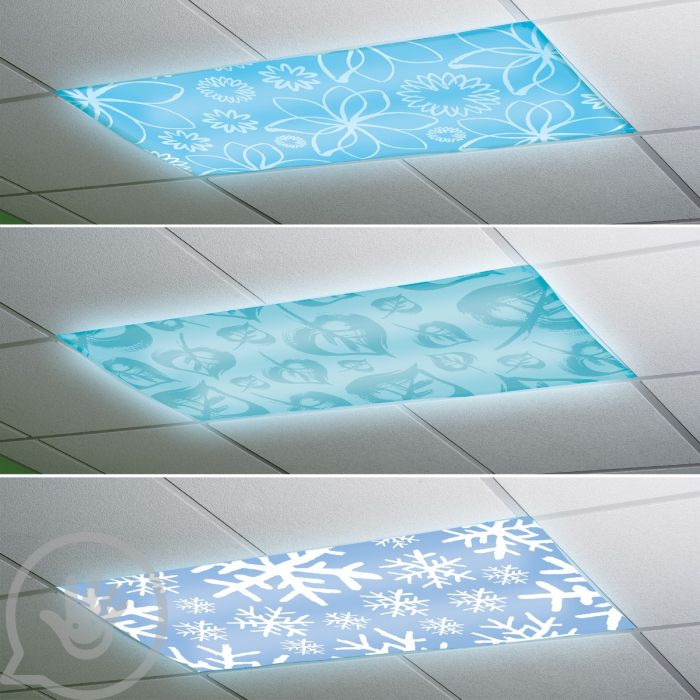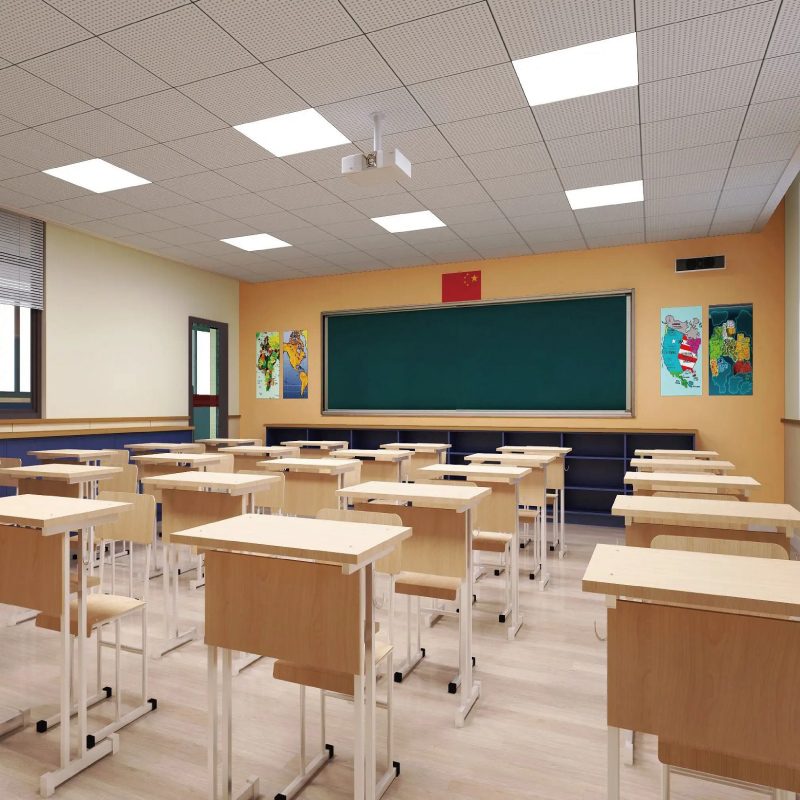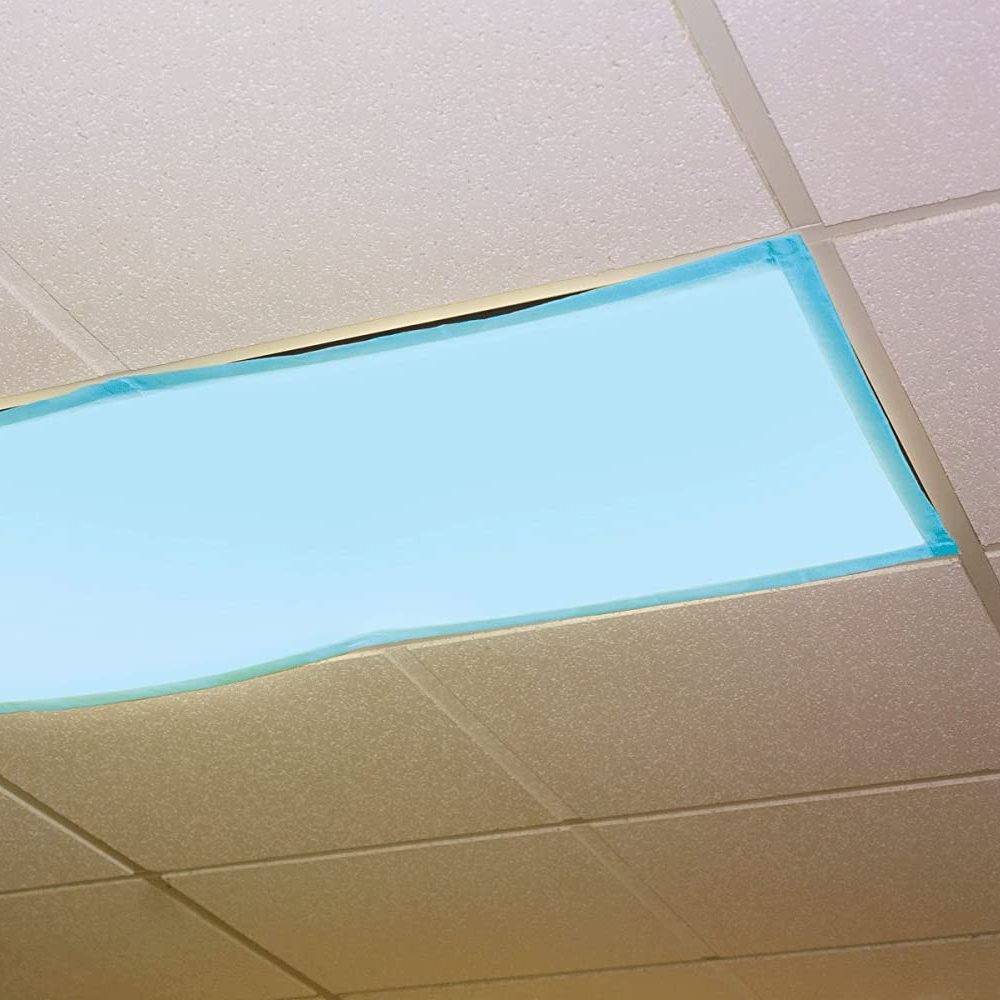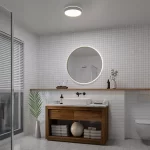Contents
- 1 Setting the Stage: The Importance of Lighting in Education
- 2 “Crafting the Ideal Learning Atmosphere: Classroom Lighting Strategies”
- 3 “Sustainability and Health: Lighting the Path Forward in Education”
- 4 Illuminating Minds: The Impact of Classroom Lights on Learning”
- 5 “Crafting the Ideal Learning Atmosphere: Classroom Lighting Strategies”
- 6 “Sustainability and Health: Lighting the Path Forward in Education”
- 7 Illuminating Minds: The Impact of Classroom Lights on Learning”
Setting the Stage: The Importance of Lighting in Education
Classroom lights plays a crucial role in shaping the educational experience. Quality lighting not only reduces eye strain and fatigue but also significantly enhances students’ concentration and morale. Studies indicate that proper lighting can improve test scores and reduce off-task behavior. As educators and designers collaborate to create optimal learning environments, lighting remains a pivotal aspect. Innovative approaches, such as integrating natural light with artificial lighting solutions, are at the forefront of developing spaces that cater to the well-being and productivity of both students and teachers.
The Science of Sight: How Lighting Affects Students’ Vision
Optimal classroom lights is essential for maintaining the visual health of students. Poorly lit classrooms can lead to eye strain, headaches, and a decrease in academic performance. To prevent these issues, schools must consider both the intensity and quality of light. This means selecting fixtures and bulbs that provide bright, even illumination without causing glare or harsh shadows. Solutions such as LED lights, which offer a consistent light output and have adjustable features, are becoming increasingly popular in educational settings. Proper classroom lighting ensures that all visual tasks, from reading textbooks to writing notes, are comfortable for students’ eyes.
![]()
“Crafting the Ideal Learning Atmosphere: Classroom Lighting Strategies”
Natural vs. Artificial Light: Striking the Right Balance
The debate between natural and artificial lighting in classrooms is a vital one. Natural light is the gold standard, known for its ability to boost mood and engagement, but it’s not always available or sufficient. Artificial lighting comes into play to fill the gaps, especially in rooms without windows or during overcast and evening hours. The key is to find a balance that maximizes the benefits of natural light, often through architectural design, while supplementing it with artificial sources that mimic daylight as closely as possible. Dimmable lights and those that can adjust color temperature throughout the day can help simulate the natural light cycle, aiding in maintaining alertness and focus.
Dynamic Lighting: Enhancing the Educational Experience
Dynamic lighting systems are revolutionizing classroom environments. With the ability to change light intensity and color temperature, these systems can adapt to match the circadian rhythms of students, promote concentration during exams, or create a relaxed atmosphere for reading. This customizable approach not only supports various teaching strategies and learning activities but also accommodates the diverse needs of students. For example, warmer classroom lights can calm students during stressful periods, while cooler light can help maintain alertness during assessments. By employing dynamic lighting, schools can create a flexible learning environment that aligns with daily educational goals.
“Sustainability and Health: Lighting the Path Forward in Education”
Green Illumination: The Move Towards Eco-Friendly Classroom Lighting
Sustainability in classroom lighting is gaining momentum as schools strive for greener operations. LED lighting has emerged as a leader in this movement due to its energy efficiency and longer lifespan compared to traditional bulbs. By adopting LED lights, educational institutions can reduce their carbon footprint and save on energy costs. In addition to environmental benefits, such changes also have financial incentives, as energy-efficient lighting solutions can significantly cut down on utility expenses. The installation of motion sensors and timers ensures lights are only on when necessary, further promoting a culture of sustainability within schools.

Health and Lighting: The Holistic Approach to Classroom Design
The intersection of health and lighting is becoming increasingly recognized in classroom design. Adequate lighting can support students’ mental and physical health by reducing the risk of eye strain and enhancing cognitive functions. Beyond immediate academic performance, there’s growing acknowledgment of the link between lighting conditions and overall well-being. Schools are beginning to implement lighting strategies that support a more health-conscious environment, considering factors such as the prevention of circadian rhythm disruption and the reduction of stress. By embracing lighting solutions that foster a holistic educational atmosphere, schools pave the way for a healthier and more productive learning experience.
Illuminating Minds: The Impact of Classroom Lights on Learning”
Optimized Learning: Fine-Tuning Classroom Illumination
Classroom illumination should adapt to the diverse activities that modern education demands. For example, during tests or individual work, bright lighting can sharpen concentration. In contrast, during interactive group work or discussions, slightly dimmer lighting may encourage participation and reduce anxiety. Designing lighting systems with customizable controls permits teachers to instantaneously adjust settings to fit the pedagogical approach of the moment, fostering an environment conducive to varied learning styles.
Enhancing Aesthetics: Classroom Lighting and Design
Classroom lighting also has a substantial impact on the overall aesthetics of the educational space. Thoughtful placement of light fixtures can influence students’ perceptions of the environment, making the classroom feel more welcoming and engaging. Lighting design must work harmoniously with the classroom decor to create an inviting, warm, and comfortable space that encourages students to look forward to their time in school and feel esteemed in their learning environments.
“Crafting the Ideal Learning Atmosphere: Classroom Lighting Strategies”
Innovations in Classroom Lighting Control
Recent technological advancements have introduced systems that allow for programming lighting to follow daily and seasonal light patterns automatically. Controls can be fine-tuned to region-specific daylight availability, ensuring the classroom benefits from optimal lighting year-round. Additionally, advancements in color-tuning capabilities mean that the visual temperature of the light can dynamically support the specific task at hand, from warmer tones for relaxing reading times to cooler tones for high-energy subjects.
Creative Uses of Classroom Lighting
Creative uses of lighting can engage students more deeply in their learning. For instance, LED strips can highlight workstations or define different areas within the classroom, such as reading nooks or science corners. Innovative educators also use lighting as a signal system: changing colors to indicate activity transitions or to reflect the pace of a lesson, thus using light as a silent classroom management tool.

“Sustainability and Health: Lighting the Path Forward in Education”
Future-Proofing Classrooms with Adaptive Lighting
As education continues to evolve, future-proofing classrooms with adaptive lighting systems becomes crucial. Such systems can seamlessly integrate with other technologies, reacting in real time to interactive boards or student tablets to reduce glare and optimize lighting as digital tools are used. Investing in adaptive lighting not only caters to current needs but also prepares for emergent educational technologies and methodologies.
Lighting for Wellness: Beyond the Classroom
Expanding beyond the educational benefits, the integration of effective lighting strategies can extend to broader wellness initiatives within the school community. For instance, calming lights in common areas can create safe spaces for students needing respite during stressful periods, contributing to the institution’s overall nurturing atmosphere. Such mindful approaches to lighting support the development of healthy, well-rounded individuals.
Illuminating Minds: The Impact of Classroom Lights on Learning”
Light as a Learning Tool: Classroom Lighting and Curriculum Integration
Innovative educators might link the lighting in classrooms directly to the curriculum. For instance, during lessons about solar energy or electricity, students can learn about how light bulbs work, the differences between incandescent and LED, and the importance of energy conservation. Involving students in monitoring and managing classroom lighting could turn everyday fixtures into interactive learning experiences, making abstract scientific concepts concrete and actionable for young learners.
Empowering Teachers: Lighting Systems and Classroom Management
Teachers armed with the ability to control classroom lighting have an additional tool at their disposal for classroom management. Dimming lights can serve as a cue for students to quiet down, while gradually increasing light can signal a call to attention. Stronger illumination in certain areas of the classroom can draw students’ focus to specific tasks or instructions, aiding teachers in creating zones of learning without the need for physical barriers.


